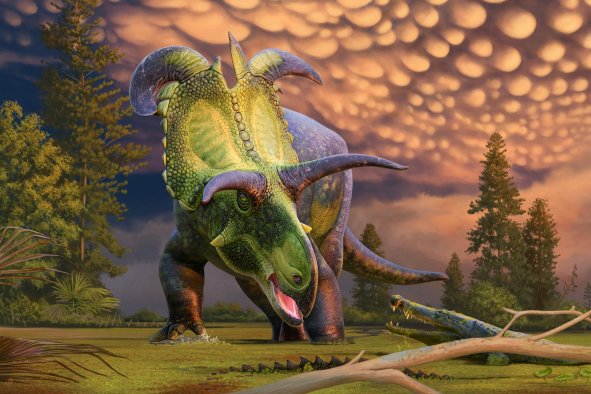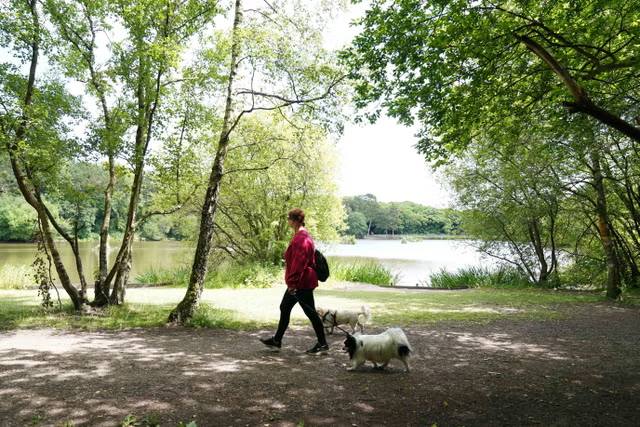Some peculiar parrots in Australia might be using pungent plants to get high.
These bizarre birds, named Norfolk Island green parrots, were spotted rubbing chewed-up plants to their feathers, according to a new paper in the journal Austral Ecology.
While these behaviors may be designed to help remove parasites, the paper reveals, scientists have also suggested that they might be getting high off the fumes released by the plants.
"During their grooming routine, several Norfolk Island green parrots Cyanoramphus cookii were observed and photographed, and a pair was videoed, biting off and chewing small pieces of lateral shoot and bark of pepper trees Piper excelsum and working the chewed material through their feathers," researchers wrote in the paper.
As pepper trees are a source of piperine, a strong-smelling chemical that has antimicrobial and insect-repelling qualities, the researchers suggest that the parrots may be trying to repel parasites such as mites.
"This appears to be a rare example of a bird using plant material to anoint themselves, which we interpret as a way to repel blood-sucking insects and ectoparasites and, possibly, void endoparasites, thereby improving fitness," the researchers wrote.
Intriguingly, the parrots appeared to enjoy themselves as they applied the plant material to themselves. Paper author Penny Olsen, an honorary professor in ecology and evolution at the Australian National University, wrote in a Conversation essay that this behavior, as well as another behavior called "anting," may be a way of the parrots getting high off the strong fumes.
Anting has been observed for centuries, with birds allowing ants to crawl across their features or even actively putting them on their bodies. These ants release a chemical known as formic acid in defense, which also has antimicrobial and insect-repelling qualities.
"Almost a century ago, in 1931, Prussian naturalist Alfred Troschütz noted of anting "the formic acid must have an especially agreeable effect". Then, in 1957, US ornithologist Lovie Whitaker concluded the bird she was studying "appeared to derive sensual pleasure, possibly including sexual stimulation" from anting. Her views were quickly dismissed and anting declared "strictly functional". But is it?" Olsen wrote in the essay.
This state of enjoyment has also been seen in other birds after anting, such as Australian magpies.
This wouldn't be the first time birds have been seen to actively seek out mind-altering substances in nature: birds from many species have been seen eating fermented fruit and getting rather drunk, stumbling around and dropping from their perches.
"Likening green parrots rubbing aromatic vegetation through their plumage to inebriated pigeons falling from trees may seem a stretch. But nature rewards behavior that offers evolutionary advantage, often, it seems by tapping into animals' pleasure centers," Olsen said. "The pursuit of pleasure is an important, usually overlooked, aspect of animal behavior, worthy of attention and further research."
Do you have a tip on a science story that Newsweek should be covering? Do you have a question about parrots? Let us know via science@newsweek.com.
Disclaimer: The copyright of this article belongs to the original author. Reposting this article is solely for the purpose of information dissemination and does not constitute any investment advice. If there is any infringement, please contact us immediately. We will make corrections or deletions as necessary. Thank you.



